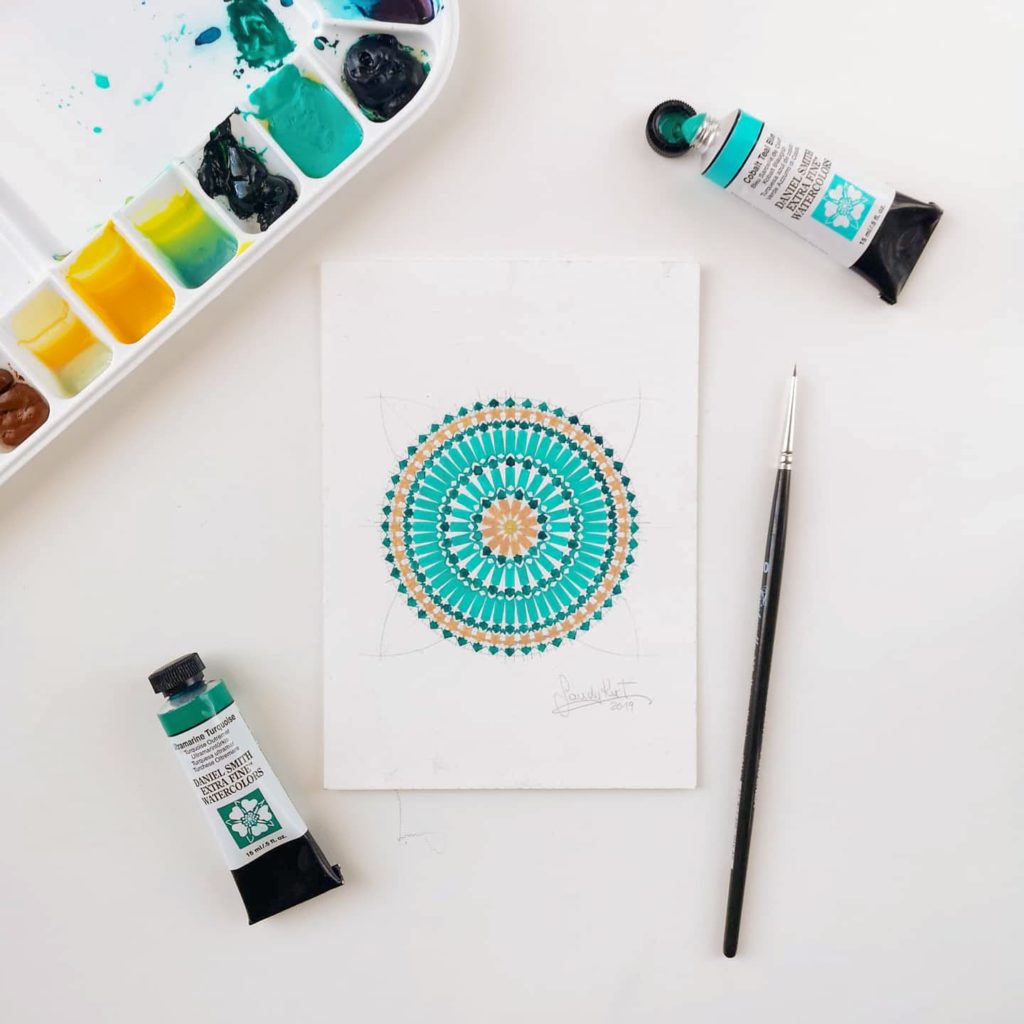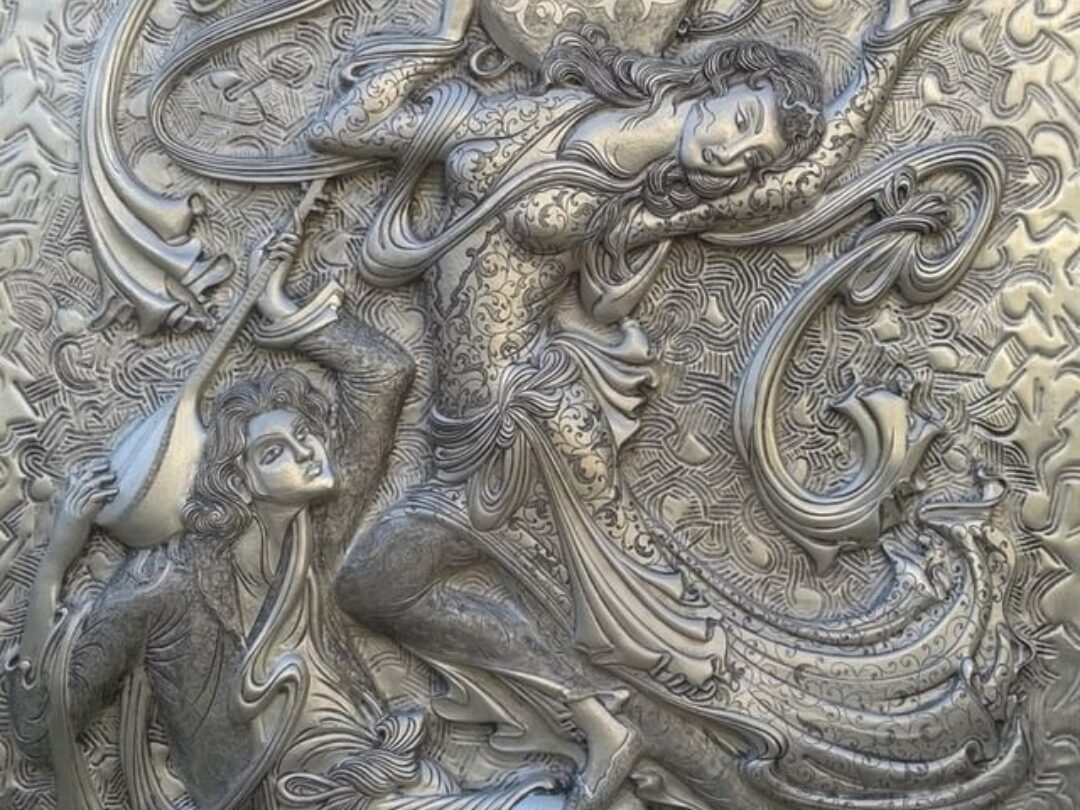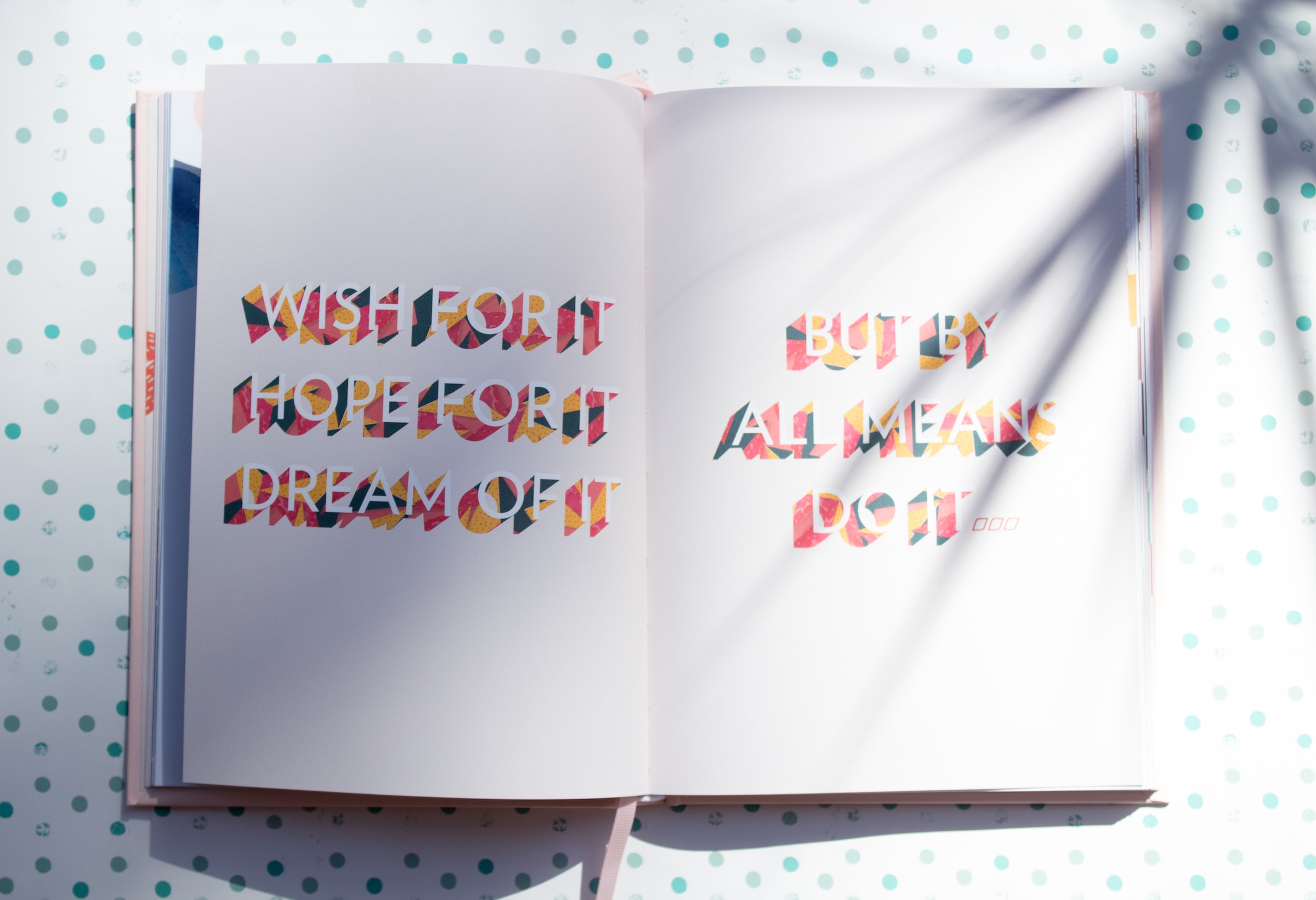
Choosing your medium between the different types of paint can be overwhelming at times.
Especially when you are a beginner, you don’t know what the difference between the various paint types is, you don’t know which one is perfect for you. You don’t even know if painting is something you want to do; maybe you just want to draw so why spend money on paint?
As you know, I’m the one encouraging you to spend some money in high-quality paint, but first, make sure to choose the right type for you.
Some paints are more durable than others and can completely change the look of the piece. Here are the main ones:
1. WATERCOLOUR
Watercolour is a translucent paint made from pigments suspended in a water-based solution, typically water and gum-arabic.
The gum-arabic is a binder. It holds the paint together and ensures it remains soluble even when dry. This means that you can make corrections even when the painting is dry, but, on the other hand, you must protect your work carefully once it is finished.
I love watercolour, and you can read more about its characteristics here. But its behaviour is unpredictable. It bleeds easily and the colour looks different from wet to dry.
2. GOUACHE
Gouache is a water-soluble and opaque paint similar to watercolour, but it dries matte and is a heavier paint due to the chalk that’s incorporated into it.
While watercolour reflects light, gouache absorbs it. The paint is diluted with water but possesses a strong coloured pigment. This unique paint dries darker and takes time to dry, which means it can be workable for hours after application.
A newer variation is acrylic gouache, which uses an acrylic-based binder that allows the paint to become water-resistant when dry. I’ve never used gouache except for gold. Although gouache can be built up, be careful not to apply it too thickly, as gouache has the tendency to crack when it is laid on very thick.
3. ACRYLICS
Acrylic paint is water-soluble, non-toxic and cheap. It is extremely versatile, smooth and quick-drying with an excellent pigment quality, colour strength, and durability.
Over time it holds up better than oil paint, as it’s not prone to cracking or yellowing.
The cons of using acrylics are that as it dries, it builds-up on the brush ruining the bristles. Also, leftover paint can’t be used anymore once dried.
4. OIL PAINT
Oil-based paint is very durable, provides a glossy-looking finish, and it results in a smooth and rich varnish. Oil-based paint has long-lasting coverage and blends well with others.
This paint dries slowly so you can make changes to the work along the way. I’ve never used oil paint, but I know that once dried it can’t be modified and the leftover paint can’t be used anymore.
5. TEMPERA
Though less commonly used today, tempera is one of the oldest types of painting and was traditionally created by grinding pigments into a binder.
The most common type of tempera is egg tempera, which typically uses egg yolks mixed with a solution of vinegar or water as a binder.
Tempera is a fast-drying paint, and it’s applied in thin, transparent layers because it flakes off easily. Sincerely I’ve never used tempera first of all because it has egg in it and I’m vegan (ouch!), but I know that is commonly used in traditional painting.
There are other types of paint, of course, but these are the most common ones. But you know what? I would love to hear from you so write a comment below and let me know what is your favourite medium.
If you want to know which paint I use, check my supplies list here
***Affiliate disclosure: This blog post contains affiliate links which means that I may earn a small commission – at no extra cost to you. This helps to support my work so that I can continue to make valuable free content for you.***
Different Types of Paint for Art
July 9, 2020



[…] Different Types of Paint for Art […]